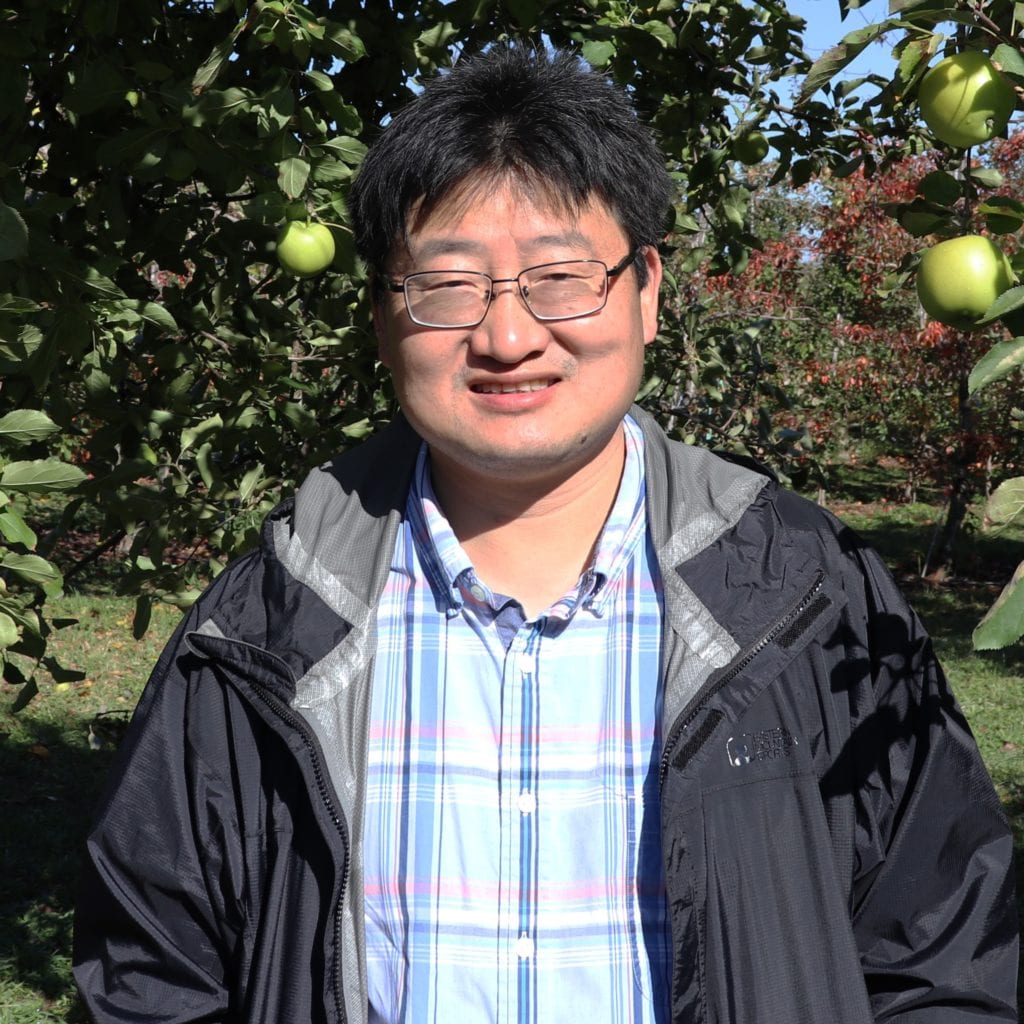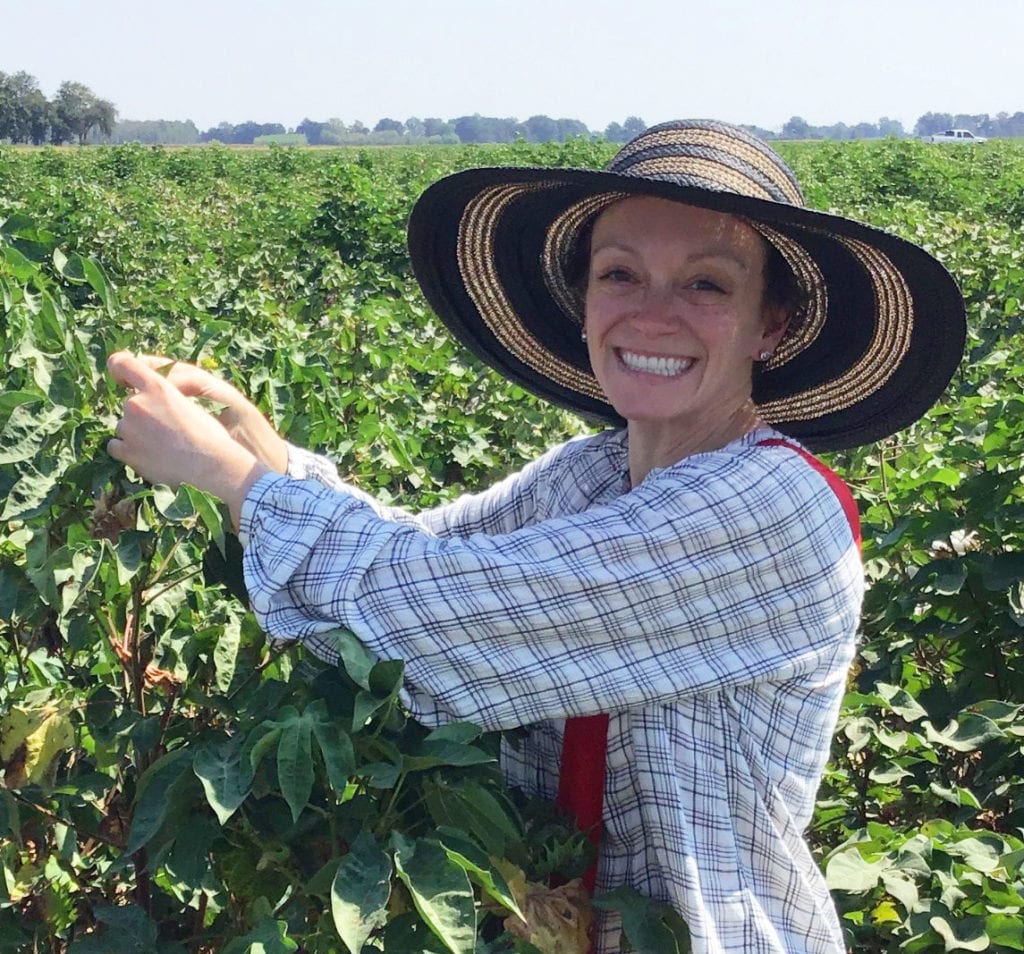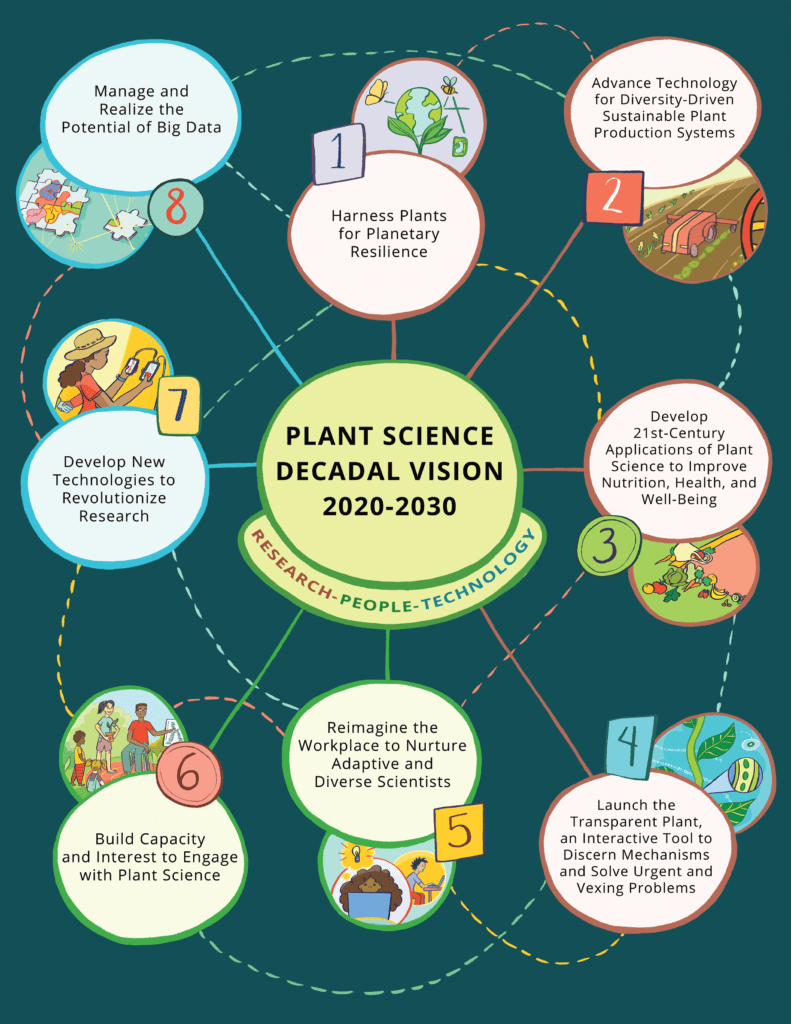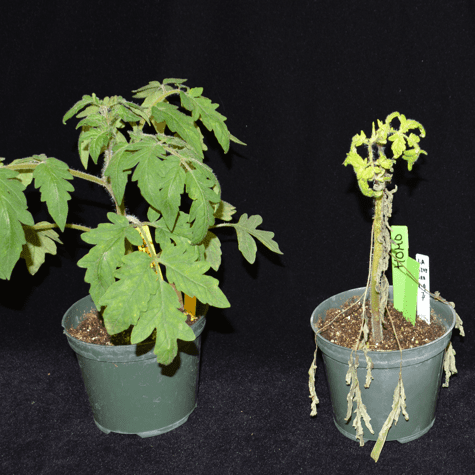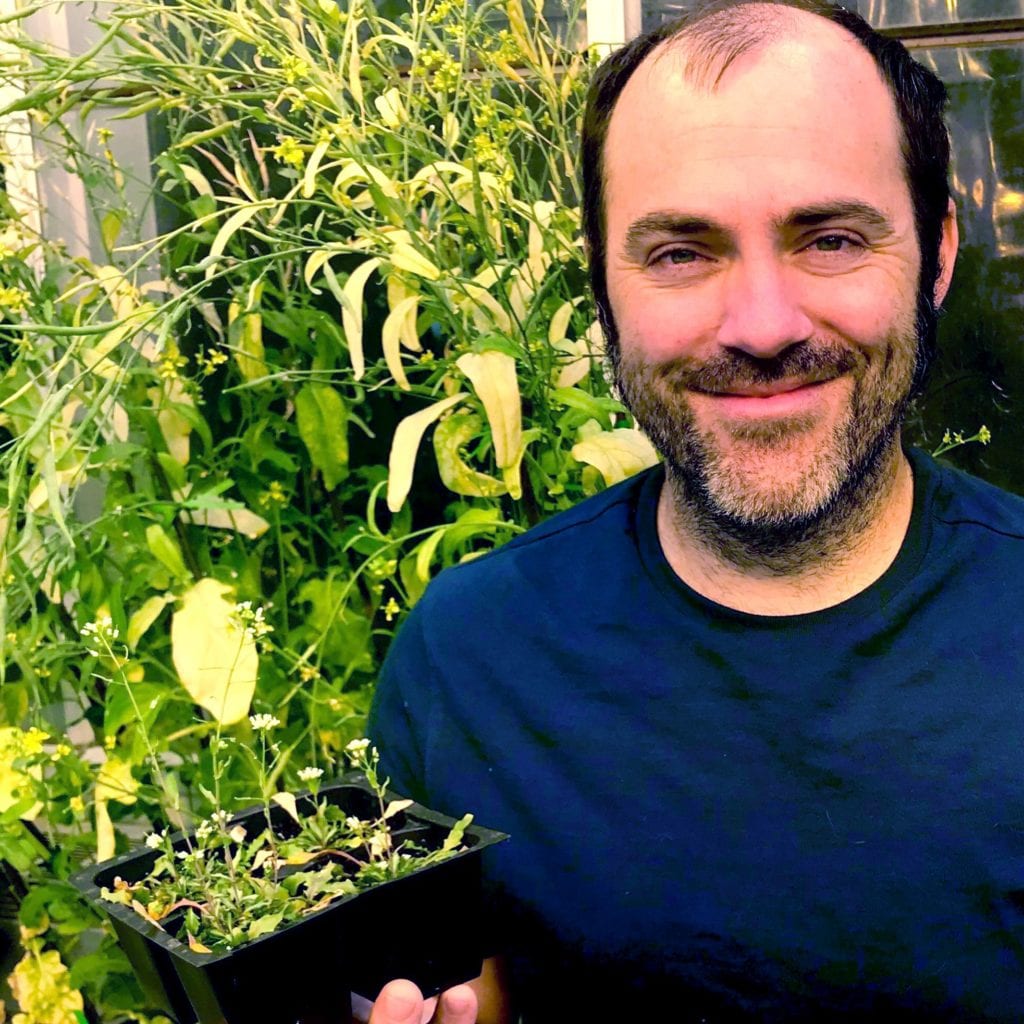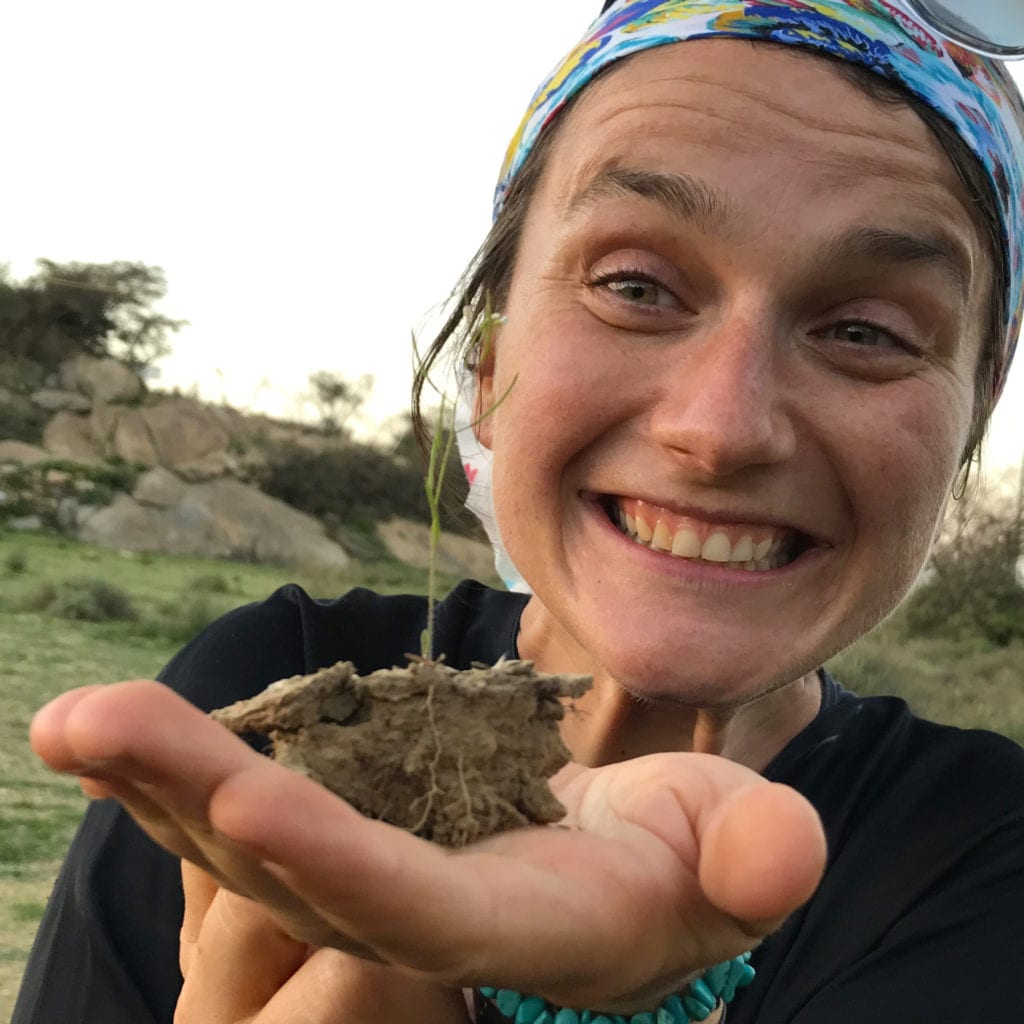Reflections on Dick Staples
Dick Staples was an essential member of BTI and the broader plant science community for more than 70 years, from his early days as a graduate student, decades as a faculty member, to his most recent role as an Emeritus Professor. With his passing on January 15, two...
Tomato’s Wild Ancestor Is a Genomic Reservoir for Plant Breeders
Thousands of years ago, people in the region now known as South America began domesticating Solanum pimpinellifolium, a weedy plant with small, intensely flavored fruit. Over time, the plant evolved into S. lycopersicum – the modern cultivated tomato. Although...
Silk Road Contains Genomic Resources for Improving Apples
The fabled Silk Road – the 4,000-mile stretch between China and Western Europe where trade flourished from the second century B.C. to the 14th century A.D. – is responsible for one of our favorite and most valuable fruits: the domesticated apple (Malus domestica)....
Summer Intern Blog Week 7: How a Bee is like a Moose
As I’m writing this, tomorrow is the first day of my final year of college. Even as a senior, I can feel a little bit of nervous anticipation creeping in. There’s so much potential in a beginning. Anything can happen. So much left to learn and so little time to...
Michelle Heck Receives Grant to Study Devastating Crop Viruses
Plant viruses in the Luteoviridae family devastate many crop varieties, including potatoes, small grains and cotton. The viruses are spread by sap-sucking aphids, which transmit the pathogen into a plant’s vasculature as they feed. Unfortunately, no adequate...
Plant Science Research Network Releases Decadal Vision 2020-2030
Plant science research has tremendous potential to address pressing global issues including climate change, food insecurity and sustainability. However, without sustained investment in plant science, the necessary research to generate innovative discoveries that...
Newly Identified Gene Grants Tomatoes Resistance to Bacterial Speck Disease
Bacterial speck disease, which reduces both fruit yield and quality, has been a growing problem in tomatoes over the last five years. Because the culpable bacterium, Pseudomonas syringae, prefers a cool and wet climate, crops in places such as New York State have...
Summer Intern Blog Weeks 5 & 6: Digging Beneath the Surface
By the fourth week of BTI’s Professional Development Series, I was beginning to fall into a bit of a routine. Every Wednesday, I made myself a cup of tea, grabbed a blanket, and settled down to watch one of BTI’s scientists present their research. Over the weeks, I...
NSF Backs Bioinformatics Approach to Understanding Plant RNA Modifications
RNA perform a variety of functions in cells, helping with everything from regulating genes to building proteins. In recent years, it has become clear that chemical modifications to RNA help guide these functions, but only a handful of these modifications have been...
Magdalena Julkowska Joins BTI as Newest Faculty Member
Boyce Thompson Institute is excited to welcome Magdalena Julkowska to Ithaca, where she becomes our newest Assistant Professor. Magda’s main research focus is how environmental stress affects plant development and architecture, and she also plans to build an...



